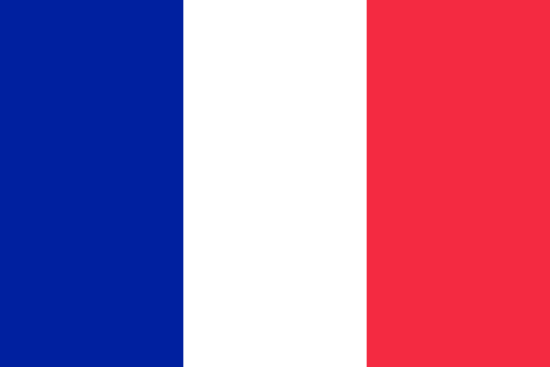"La Lumière de la Ville | The Light of the City"
About:
Chartres, a city in north-central France, has a rich history dating back to the Gallo-Roman period. It became a major Christian pilgrimage site in the Middle Ages due to its cathedral, Notre-Dame de Chartres, which houses the Sancta Camisa relic. The city was heavily damaged during World War II but was spared from total destruction. Today, Chartres is renowned for its preserved historical center, annual "Light of Chartres" festival, and as a hub for stained-glass production.
When to visit:
Chartres, a charming city located in the Loire Valley region of France, is best visited during the late spring or early autumn months. The weather during these seasons is mild and ideal for exploring the city's historic sites, such as the iconic Chartres Cathedral. Additionally, visiting during these times allows you to avoid the peak tourist crowds that flock to the city during the summer months. Overall, late spring and early autumn offer the perfect balance of pleasant weather and fewer tourists, making it an ideal time to visit Chartres for a holiday.
When to avoid:
Traveling to Chartres, France during the peak holiday season of August is generally considered the least favorable time to visit. The city experiences a surge in tourists, leading to overcrowded attractions and long wait times. Additionally, hotel accommodations tend to be more expensive and harder to secure during this time. To avoid the crowds and higher costs, it is advisable to plan your visit during the shoulder seasons of spring or fall when the weather is still pleasant but the tourist numbers are more manageable.
Winter (Dec-Feb)
Winter in Chartres, France, is the coldest part of the year, from December to February, with average temperatures ranging from 1-6°C. It often gets chilly and the city can experience occasional snowfall. Rainfall is moderate with an average of 50mm in the wettest month, January. Days are short with around 2-3 hours of sunlight, and cloud cover is usually high. An average day for a visitor would involve bracing the cold, possibly navigating through snow or light rain, and exploring the city's stunning architecture under the grey skies.
Summer (June-August)
In Chartres, France, the warmest part of the year typically spans from June to August, with July being the hottest month. During this time, the average high temperature typically ranges from 23°C to 26°C (73°F to 79°F). Rainfall is relatively moderate with an average of 50-60mm of precipitation per month.
Sunlight is abundant during these months, with Chartres experiencing approximately 8 to 9 hours of daylight per day. Humidity is generally low to moderate, providing a comfortable climate for visitors. Cloudiness varies, but clear to partly cloudy days are more prevalent, giving way to mostly sunny skies.
A typical day for a visitor in Chartres during the warmest part of the year would feel pleasantly warm, but not excessively hot. The mornings usually start with a mild temperature which gradually increases towards the afternoon. The evenings are comfortably cool, perfect for a stroll around the city. The low to moderate humidity and abundant sunlight make it a great time for outdoor activities. Rain showers can occur but they are usually short-lived and do not significantly affect the overall pleasant weather.
Language:
In Chartres, a city in north-central France, the most commonly spoken language is French, as it is the official and predominant language of the country. Additionally, due to tourism and immigration, languages such as English, Spanish, and Arabic may also be spoken.




